Have you been training right for your stage of life? A doctor's guide to maximising your cycling potential at every age
To stay healthy and make long-term progress, we need to adapt to the hormonal changes that occur as we age
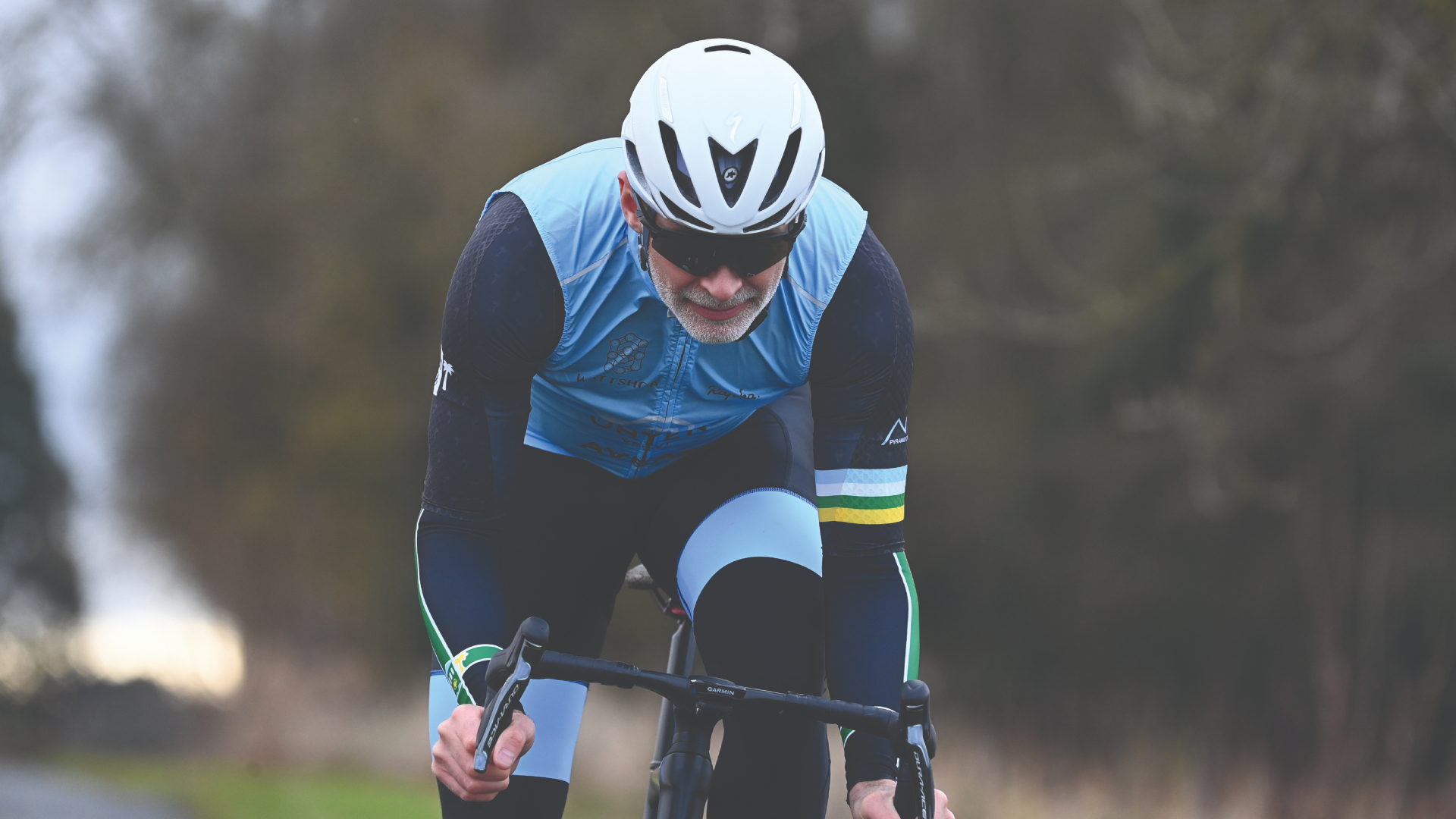
The ancient Greek philosopher Hippocrates, often described as the father of medicine, would have made an excellent directeur sportif of a cycling team.
Over 2,500 years ago he advised that the “surest way to health” was by giving each individual “just the right amount” of nutrition and exercise. The word hormone also originates from the ancient Greek, a term meaning “setting in motion” – and that’s spot-on because hormones set in motion our path to optimal health and performance from the moment we are conceived.
Usually described as internal chemical messengers transported in the bloodstream, hormones are instrumental in the function of cells, tissues and organs. These vital regulators of the body exist in different types: sex steroid hormones including oestradiol, testosterone; anabolic “body building” hormones such as growth hormone; stress response hormones like cortisol; and hormones like thyroxine that control metabolic rate.
Hormones are much more than mere messengers; they are more like executives, directing the DNA in cells to produce the most beneficial proteins, in the right amount and at the right time, for optimum health and fitness.
Understanding our hormones and their key effects at each stage of life can help us keep them in balance, which in turn helps us reach our full potential. So let’s look at the defining part hormones play at each of the seven stages of a cyclist’s life.
Age 0: BABY CYCLISTS -TO- BE (AND THEIR PARENTS)
While a favourable genetic template is a good starting point for future cycling success, sadly we can’t select Olympian parents. During pregnancy a baby’s endocrine system – the body’s hormone network – is being matched up to the predicted external world; expectant parents who stay fit and healthy pass on to their baby an endocrine system primed for being active.
Key tips for expectant parents:
Get The Leadout Newsletter
The latest race content, interviews, features, reviews and expert buying guides, direct to your inbox!
- Keep healthy and active to ‘train’ the developing endocrine system of the foetus.
- Continue to exercise but at a lower intensity – follow the advice of CW’s digital ed and new mum Michelle Arthurs-Brennan in our guide to cycling and pregnancy
- Don’t under- or over eat during pregnancy – you need about 200kcal per day extra in the final three months
Age 0-14: CHILD CYCLISTS

The main work of hormones during childhood is directed towards growth. Many of the adult endocrine systems, such as those that generate energy for intense exercise, have not yet developed. This is why the top tip for parents wanting to encourage their children to get involved in cycling is to place the emphasis on enjoyment and skills, rather than promoting intense or high-volume training.
Children should not do high stress interval sessions, and volume should be limited – the number of hours per week (including exercise at school) should never be higher than the age of the child. Too much training too soon can be counterproductive and potentially lead to mental and physical burn-out.
Key tips for parents of aspiring child cyclists:
- Focus on encouraging enjoyment, not high training load
- Encourage development of bike-handling skills
- Weekly hours of exercise should not exceed the age of a child
Age 14-20: TEENAGE CYCLISTS
During the adolescence years, there is an explosion in the production of the sex steroid hormones: predominately testosterone in men and oestrogen in women. This leads to a divergence in physical and physiological characteristics, though the timing of these seismic hormone changes differs between individuals.
From here on in, the male blueprint for training cannot be applied to women. So the key advice for this age of cyclist is to avoid high training loads while the hormone networks settle into adult patterns. The absolute maximum volume is 15 hours per week, including daily and school activities. Sleep quality and quantity is particularly important in this age group, to support hormones changing gear during adolescence – teenagers need at least eight hours a night. As Shakespeare’s Macbeth put it: “Sleep is the chief nourisher in life’s great feast”.
Key tips for teenage cyclists:
- Hormones change at different rates during adolescence, so optimal training load will vary greatly depending how advanced through puberty the athlete is
- Less time on electronic devices and more time asleep will support teenage hormone networks
Age 20-40: YOUNG ADULTS

The young adult years of a cyclist, from around 20 through to 40, should see hormones working to their full potential to drive beneficial adaptations to training. To let your hormones work their full magic, we must return to Hippocrates’s advice: you need to find your personal healthiest balance between training, rest and cycling nutrition. And don’t forget the importance of sleep for optimal cycling performance – after all, it is when we’re asleep that many of the performance-building hormones, such as growth hormone, are secreted. You really do get fitter as you sleep.
We’re more resilient as adults but training too hard can still jeopardise performance. Too little recovery relative to training load can lead to overtraining syndrome. Too little energy intake relative to energy demand from training and day to day life will lead to the pitfall of relative energy deficiency in sport (RED-S). When this happens, we have insufficient energy to keep hormone networks working smoothly and the body by necessity switches into energy-saving mode and down-regulates hormones. Over time, performance drops off and can take many months to restore. Hence, young adult cyclists need to maintain a personalised, periodised approach to all aspects of their schedule: the training itself, as well as the cycling nutrition and recovery that supports it.
Key tips for young adult cyclists:
- Balance training and racing, together with work and other demands, to protect hormone networks
- Recovery and sleep are vital components of a training schedule. Cumulative lack of recovery relative to training load dials down positive hormone responses to training, which can lead overtraining syndrome
- Aim to maintain adequate energy intake for the work required in a consistent pattern. Insufficient fuelling and/or suboptimal timing of fuelling causes low energy availability and down-regulation of hormone function. This can lead to RED-S with adverse effects on health and performance in the long term
Age 40-60: OLDER ADULTS
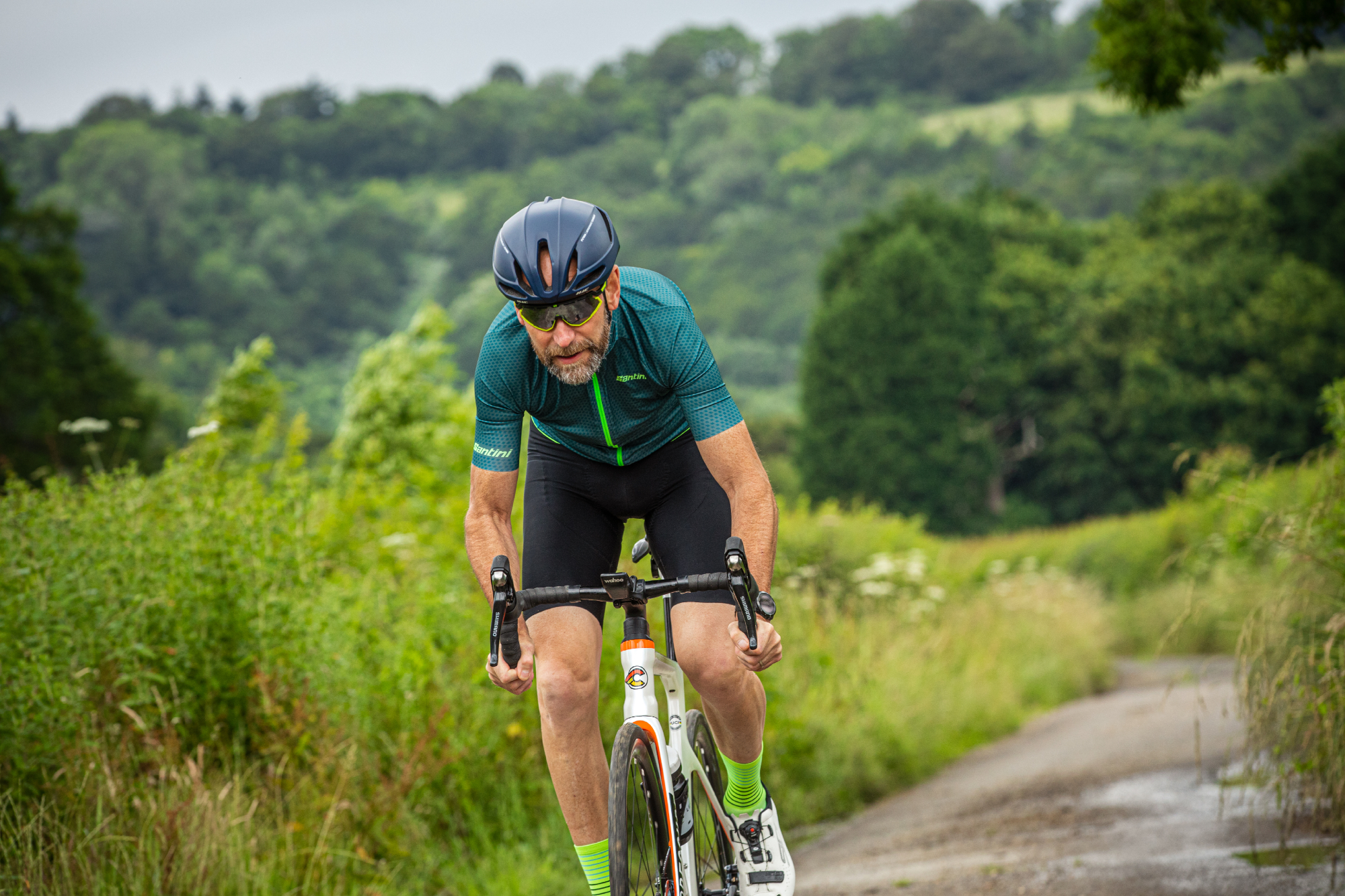
As a cyclist moves into later adulthood, middle age, from around 40 to 60 years old, certain hormones begin to decline. In particular, for both men and women, reducing levels of the anabolic hormones growth hormone and testosterone means that to maintain performance it is important to modify training and nutrition. Strength training becomes a priority to maintain muscle mass and a favourable body composition. Combining this with adequate protein intake – at least 1.2g per kilo of bodyweight per day – will mitigate the tendency to lose muscle strength in the face of reducing hormone levels. Furthermore, maintaining metabolically active muscle mass will help prevent ‘middle-age spread’ where fat is deposited in the abdominal region. These declining hormone levels apply to both male and female cyclists.
For female athletes, this age of the cyclist brings the most dramatic decline of all the hormone networks. Menopause is when periods stop, as the ovaries stop producing the cyclical variations in oestrogen and progesterone. The consequent low levels of these ovarian hormones impacts on both mental and physical health. Given advances in life expectancy, many women nowadays will spend at least a third of their life in the hormone state of menopause. Quite rightly, these women want to continue cycling and competing. In fact, staying active and exercising is one of the best ways to meet the challenges of menopause. Hormone replacement therapy (HRT) with oestrogen and progesterone is also proving to be particularly helpful for female Masters athletes. However, competing cyclists should be aware that testosterone is on the WADA banned list, so requires a TUE.
Key tips for Masters cyclists:
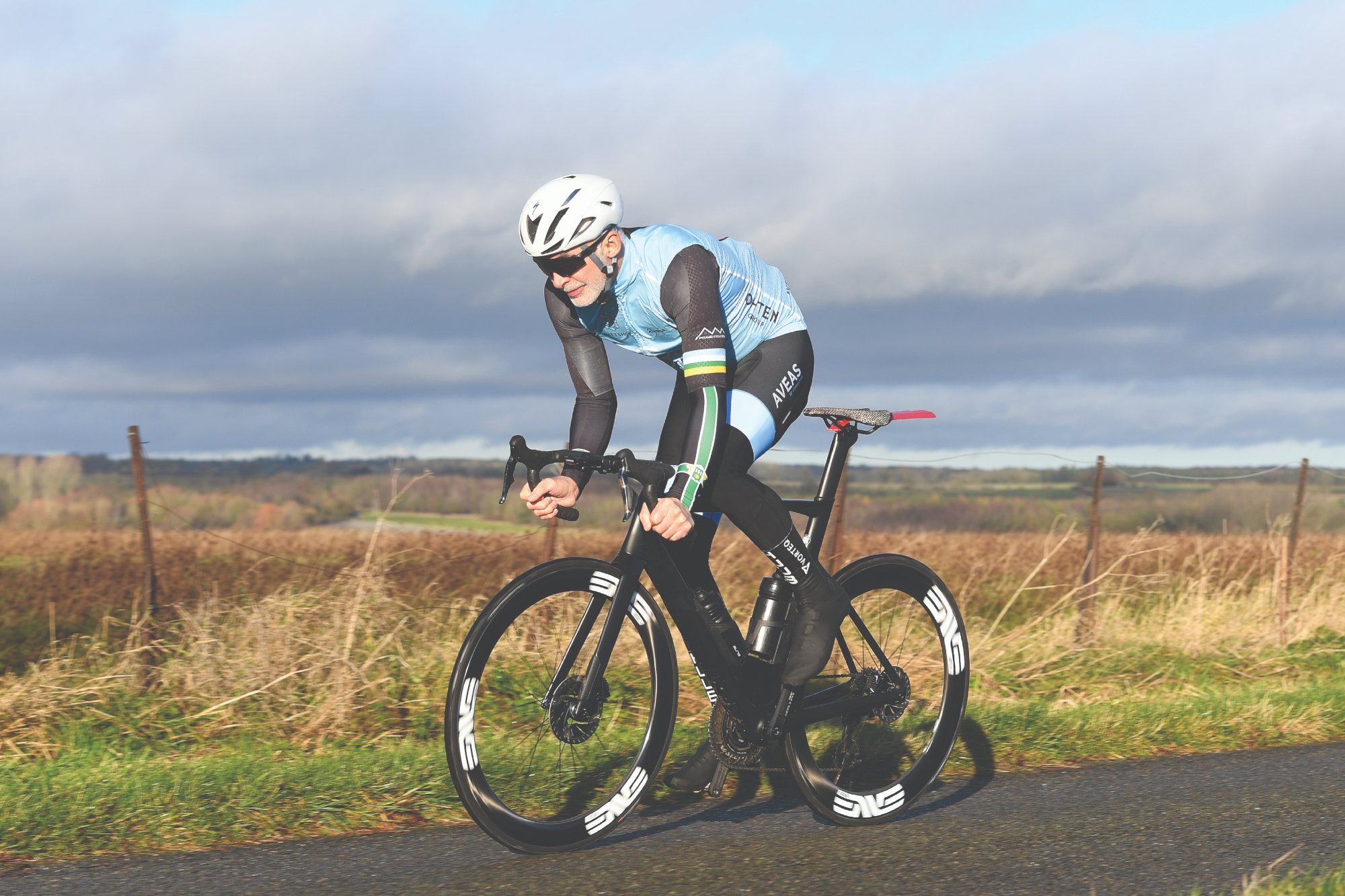
- Include weekly strength training as part of your training schedule.
- Consume plenty of protein
- Factor in more recovery: add at least one more rest day per week, and never train while feeling fatigued
Age 60-plus: OLDER MASTERS
Cyclists moving into the older masters cycling ranks, from around age 60, should be aware that anabolic hormones continue to decline. Therefore, quality rather than quantity of training becomes even more of a priority, as does regular strength training throughout the year.
There is good evidence that doing strength training has beneficial effects on body composition, muscle mass and bone strength. One study involving a group of men in their 70s found that resistance training improved their muscle strength to rival that of untrained men aged 25!
Equally important research on women who strength-train maintain greater bone mineral density and even height compared to women of the same age who do no strength work. A large study hot off the press shows that a combination of cardiovascular and strength exercise has a synergistic effect on promoting a long and healthy life.
Key tips for older Masters cyclists:
- Keep cycling to mitigate the effects of declining hormones.
- Focus on quality rather than quantity
- Up the resistance! This is the time to do more strength and resistance exercise, not less.
Age 75-plus: SUPER-VETERANS
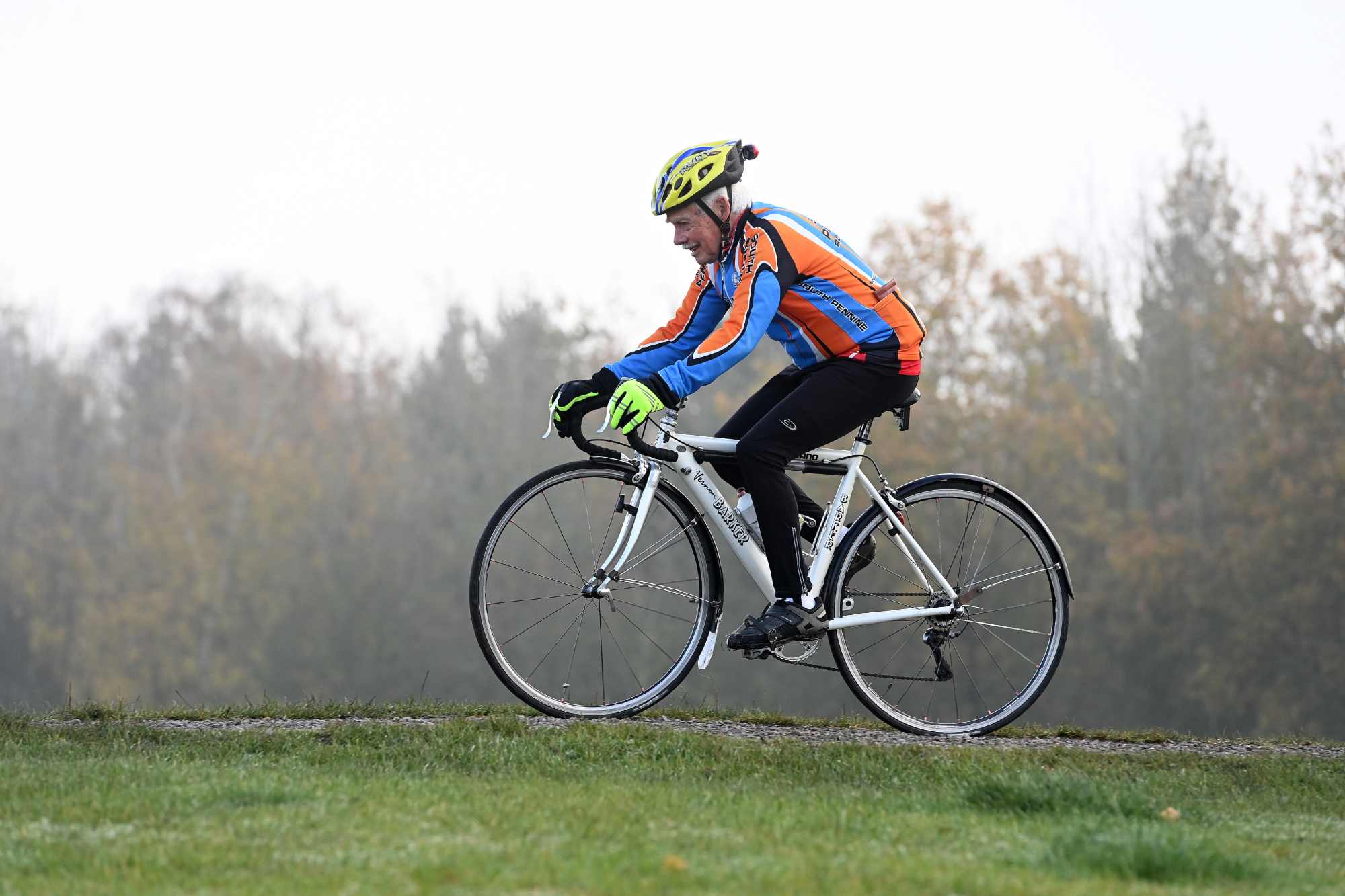
Shakespeare described the final age “of man” in a somewhat uncomplimentary fashion as “dotage”, implying a loss of faculties. But in hormone terms, a ‘second childhood’ is a more fitting description, as these instigators of health and performance drop to low levels. If you can, you should keep cycling, as there is increasing evidence that being a Masters athlete stands you in good stead to resist the effects of reduced hormones in old age. Plus, continuing with some form or strength training is very helpful to resist the tendency to lose muscle mass and function. Apart from the beneficial physical effects, the social aspect of keeping in touch with cycling friends is an important part of remaining happy and content in old age.
Key tips for the maturest class of cyclists:
- Keep riding! Being a lifelong cyclist will help to mitigate the effects of declining hormones
- Keep in contact with cycling friends, as this maintains those all-important social interactions
MEDICAL ISSUES: When hormones go wrong
Hormones can go haywire for other reasons than age. These are the chief culprits for cyclists:
Training and recovery out of whack: Suboptimal hormone function can be caused by imbalances in cyclist behaviours around training, nutrition and recovery. This can cause subtle issues around fatigue, poor sleep and subpar on-bike performance. The red flag in men is reduced libido; in women, it’s irregular periods. The good news is that this is not a medical condition and full hormone function can be restored by realigning behaviours.
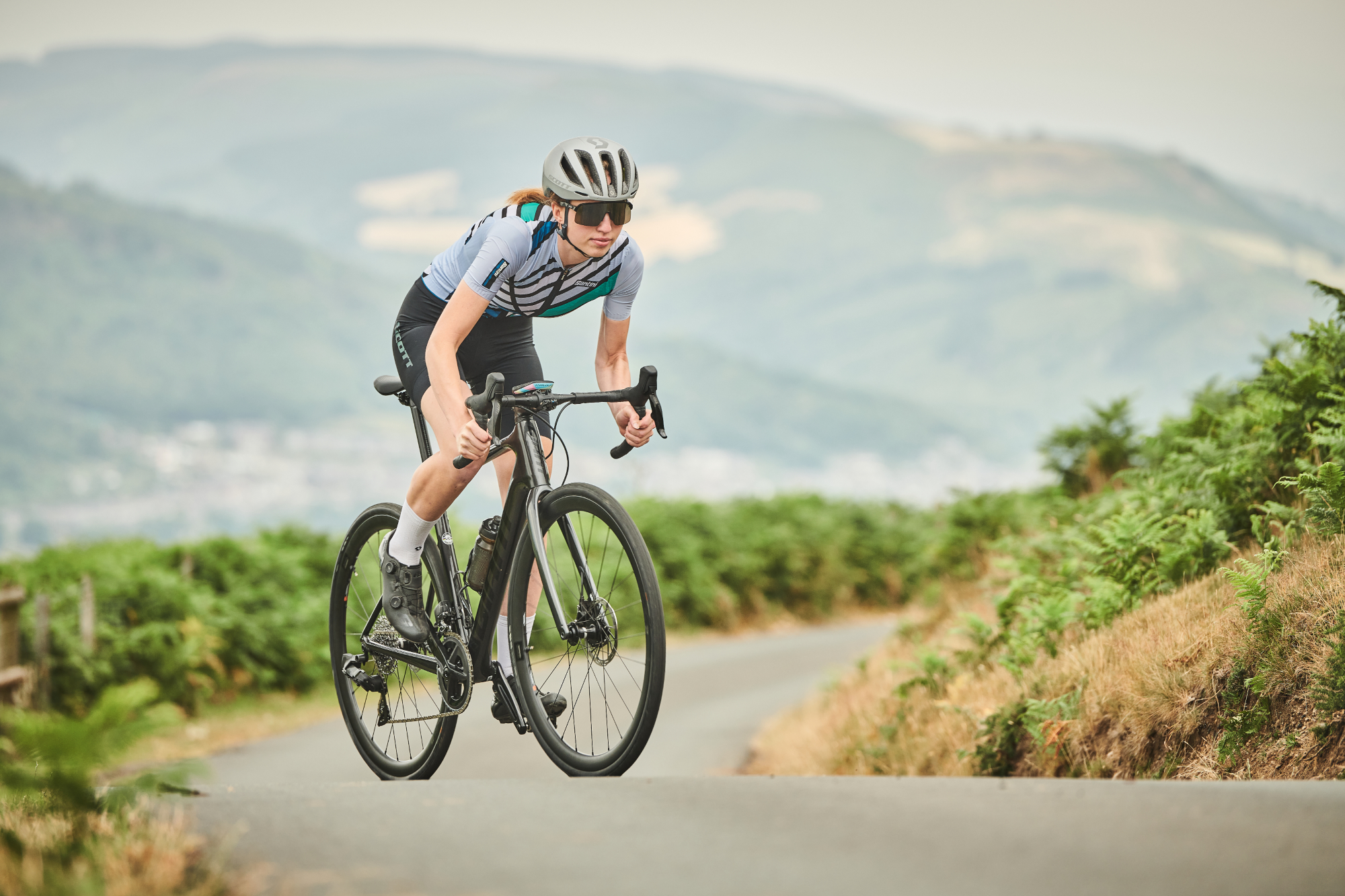
Missed periods: For female cyclists, missed periods should never be dismissed as unimportant, as they may be the sign of an underlying health problem such as RED-S.
Diabetes mellitus: In Type-1 diabetes, the body’s ability to produce the hormone insulin goes awry, meaning out-of-control blood sugar levels. Early symptoms include fatigue, thirst and increased need to pee.
Thyroid dysfunction: Anxiety and weight loss can be caused by an overactive thyroid. An underactive thyroid can be associated with fatigue and weight gain.
This article was originally published in the print edition of Cycling Weekly. Subscribe online and get the magazine delivered direct to your door every week.
To find out more, Dr Nicky Keay’s book Hormones, Health and Human Potential ($19.75 / £16.99) is available at:

Thank you for reading 20 articles this month* Join now for unlimited access
Enjoy your first month for just £1 / $1 / €1
*Read 5 free articles per month without a subscription

Join now for unlimited access
Try first month for just £1 / $1 / €1
Honorary Clinical Lecturer at University College London, Dr Nicky Keay is the author of the book 'Hormones, Health and Human Potential'.